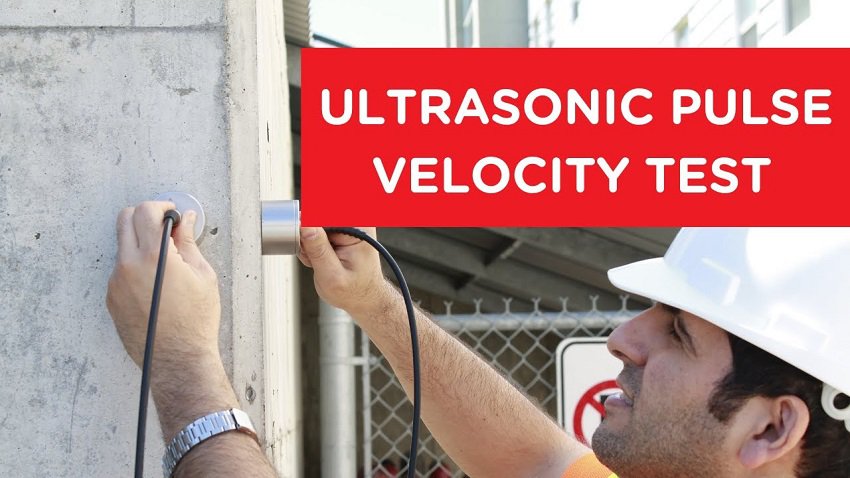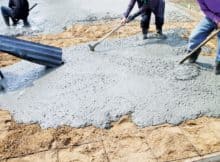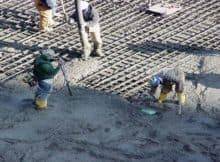What Is Hempcrete?
Hemp, popularly known as industrial hemp, is a plant from cannabis sattiva family. Hemp is specially and specifically grown for industrial applications. It is one of the fastest growing plants like bamboo. Hemp is used for making a variety of items such as paper, cloth, paint, biofuel, biodegradable plastics, etc.
Hemp has a lower content of THC (Tetrahydrocannabinol), as compared to cannabis. THC is a psychoactive component, which can change the functions of the nervous system of the body.
Hempcrete, also known as hemp line, is bio-composite material, made by mixing hemp hurd with lime and water. It is used as an alternative material to traditional concrete.

During the 1990s, hempcrete was first used for construction, in France. It was used to build non-weight bearing infill walls. Hempcrete is a lightweight material, weighing only about one-eighth of the traditional concrete.
Hempcrete works well as an insulator and moisture regulator. It is an ideal material for almost all climatic conditions as it combines insulation along and thermal mass.
Hemp Hurd, also known as hemp woods or shives, is an agricultural product produced from hemp. It is the core part of the hemp stalk. They are broken into small pieces and separated from the fiber by scutching them using a scutcher. Scutching is the process of separating impurities from the raw material.
Properties of Hempcrete
i) Various properties of hempcrete are as follows.
ii) Hempcrete is a durable and strong material.
iii) It is lighter in weight.
iv) Hemp absorbs carbon dioxide. So, hempcrete reduces the carbon footprint as well.
v) It reduces the humidity and temperature of a building, eventually reducing the energy consumption and increasing the thermal comfort for the people living in the building.
vi) The density of hempcrete is low. So it is recommended to use in the areas which are sensitive to seismic activities. Due to the low density of the material, it is resistant to cracking. So it is highly preferred in seismic-prone zones.
vii) Hempcrete has a compressive strength of 1 MPa, which is almost 1/20th of the traditional concrete. Due to less compressive strength, hempcrete is not suitable for constructing the foundation of buildings.
How Are Hempcrete Blocks Produced?
Production of hempcrete blocks involves three basic steps. They are as follows:-
- Mixing the raw materials.
- Moulding the mix.
- Curing the hempcrete blocks.
Let us learn each step in detail below.
1. Mixing The Raw Materials
Raw materials like hemp shives, lime-based binder, and water are taken in a required proportion. These materials are thoroughly mixed to form a perfect mixture.
2. Moulding The Mixture
The mixture prepared by mixing the raw materials is poured into a mould to give them a shape like a block. The width of the block varies from 6cm to 30cm respectively.
3. Curing The Hempcrete Blocks
Once the blocks are in a hardened state, they are placed on a conveyor belt, through which the blocks are taken to a dedicated area for open-air drying. Curing makes the blocks hard and strong. It takes usually 6 to 10 weeks for the blocks to cure completely, depending upon their width.
Where Are Hempcrete Blocks Used?
Hempcrete blocks are extensively used for the following:
- As insulation for internal wall and external wall.
- As insulation for floors and roofs.
- Hempcrete is used as a material underneath the flooring.
- As a plastering material.
- New buildings.
- As insulation for older buildings.
- For the renovation of buildings and structures.
Advantages Of Hempcrete
The advantages of hempcrete blocks are as follows:
i) Hempcrete has a negative carbon footprint of -72kg/m2. Due to this, it makes the hempcrete block an eco-friendly and an energy efficient construction material.
ii) Hempcrete blocks have good resistance to fire.
iii) The moisture handing capacity of hempcrete blocks is extremely high.
iv) Hempcrete blocks are available in various sizes (widths). So it can be used extensively.
v) Hempcrete blocks are strong and durable. They possess good strength.
vi) Transportation of hempcrete blocks is easier due to their lightweight.
vii) Hempcrete blocks help in regulating the temperature of the structure.
viii) Hempcrete blocks are also used for decorative construction.
Disadvantages Of Hempcrete
The disadvantages of hempcrete blocks are as follows:
i) Hempcrete has a lower compressive strength. So it is not used for the construction of foundation of the buildings.
ii) Hempcrete is not suitable for the construction of elements that are subjected to heavy loads.
iii) Hempcrete is not very popular in many countries & hence its use is less overall.
iv) Hempcrete is not available & grown everywhere. So sometimes it is difficult to find hemp.
v) As hempcrete is not so popular, there is a lack of knowledge of hempcrete construction in builders, engineers, and architects too.
vi) Hempcrete is relatively expensive than traditional concrete.
vii) Hempcrete blocks are wider than normal concrete blocks & bricks. So it utilizes more space, reducing the carpet area.
Also Read –
Types Of Concrete Used In Concrete
For more updates join our Facebook Page, Linkedin Page & Telegram Channel.




